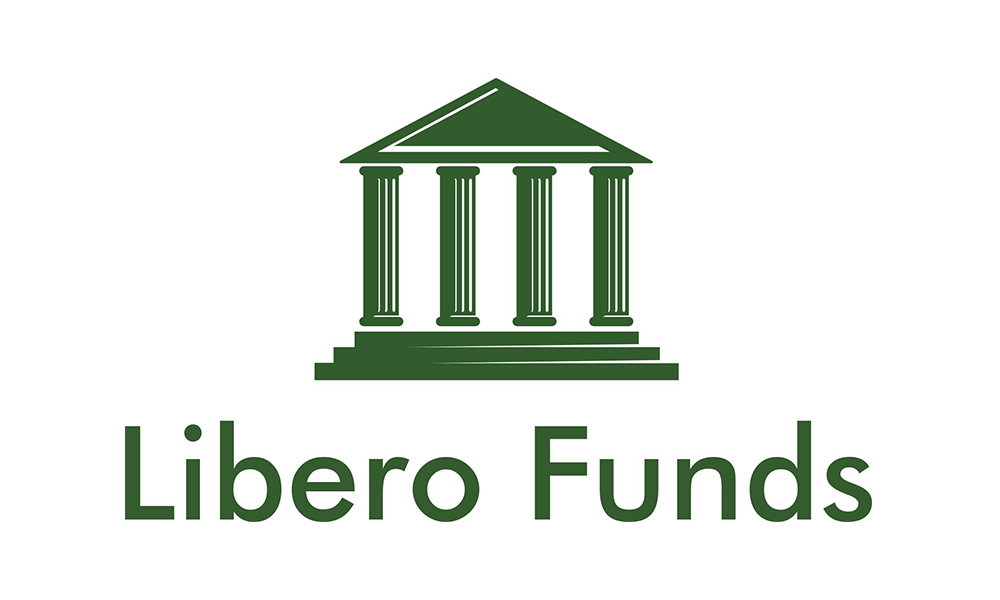By, Graham Bishop, Investment Director at Heartwood Investment Management
In a busy period for monetary policy news, three of the world’s major central banks held their formal committee meetings this month. What did this mean for investment markets? Graham Bishop, Investment Director at Heartwood Investment Management, the asset management arm of Handelsbanken in the UK, talks us through it.
Bank of England: A surprise reaction to unsurprising news
The announcement that the Bank of England (BoE) would raise its base interest rate from 0.5 to 0.75% came as little surprise to investment markets, which had almost fully priced in the move. The Bank’s committee members voted unanimously for the UK’s second rate rise since the financial crisis. The committee also agreed to maintain its current levels of corporate and government bond issuances at (£10bn and £435bn respectively), contrary to some earlier media speculation over the potential for quantitative tightening.
Given that the BoE did exactly as anticipated, and that Carney’s tone at the ensuing press conference was mildly hawkish, the only slight surprise has been the immediate market reaction – a fall in sterling and gilt yields. While the precise reasons for this response are as yet unclear, it seems that investors were given fresh insight into the BoE’s thought process, with Governor Carney referencing 2-3% as the bank’s estimated neutral rate (i.e. the rate neither accommodative nor restrictive to economic growth). The market’s reaction suggests that it may not entirely agree with these figures.
Perhaps this is unsurprising, given the lack of visibility ahead for the UK economy. The BoE has also just released its quarterly Inflation Report, in which it claims that CPI inflation is projected to decline towards its 2% target over the next three years. And while a downward trend is a point of general commonality across the BoE’s range of projections, the wide range of potential outcomes put forward means that there is little scope for certainty.
US: Business as usual for the Fed, but fiscal deficits are growing
In another rather predictable announcement, the US Federal Reserve (Fed) held rates steady at its committee meeting earlier this month, while sending a clear message that more rate hikes would be on the way. Amid a rising inflationary environment, in the wake of seven previous hikes, and with presidential tax cuts adding fuel to the fire, the Fed had little to do this time around. Nonetheless, another two rate hikes are expected in 2018. At only the midpoint of the Fed’s expected rate rise path (according to the committee’s own predictions), the Fed is already close to its neutral policy rate.
This month also saw the announcement of the US Treasury Department’s debt issuance for the second half of the year, which came in above previous estimates (and with the largest jump since the financial crisis). The Treasury is financing a widening fiscal budget gap on the heels of tax cuts and spending increases, as the government’s deficit blows out towards as possible $1 trillion by 2020. At the same time, the Fed has begun the process of reducing its balance sheet, adding more supply to the Treasury market; while its pace so far has been very gradual, this is expected to pick up.
US monetary policy on the brink of entering restrictive territory and a rapidly expanding fiscal deficit give us pause for thought should growth falter ahead. For now, the situation is encouraging, but as things evolve we need to think carefully about US equities and related high beta plays.
Bank of Japan: The rebel without a change
The Bank of Japan (BoJ) opted to effectively maintain its current policy on Tuesday, in that it left its benchmark interest rate unchanged. But the BoJ also announced changes to the allocation of its ETF purchases (now favouring the market cap weighted Topix index rather than the price-weighted Nikkei index) as well as slight adjustments allowing greater movement around the 10-year bond yield (20bps either side of zero, as opposed to 10bp). In the latter, markets may have witnessed a small act of monetary tightening by another name.
The yield on Japan’s 10-year government bonds initially fell following the announcement, but markets changed their mind overnight and yields leapt up to 12bps on Wednesday – their largest jump since August 2016. Equally haphazard was the market reaction to banking stocks – initially negative but with a swift change of heart, as investors seemingly realised the benefits of a move away from a lower yield environment. Further Japanese currency weakness against the dollar was also positive for both Topix and Nikkei indices. This is good news for our portfolios, which slightly favour Japanese equities.


























